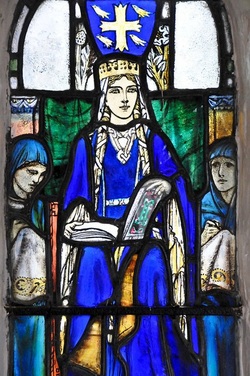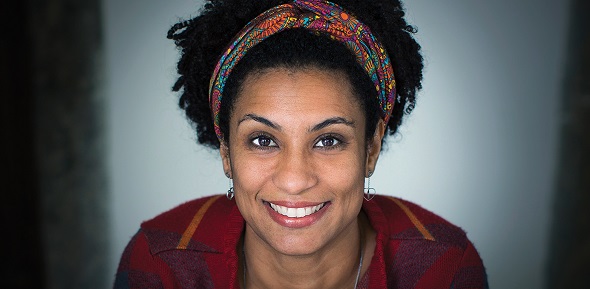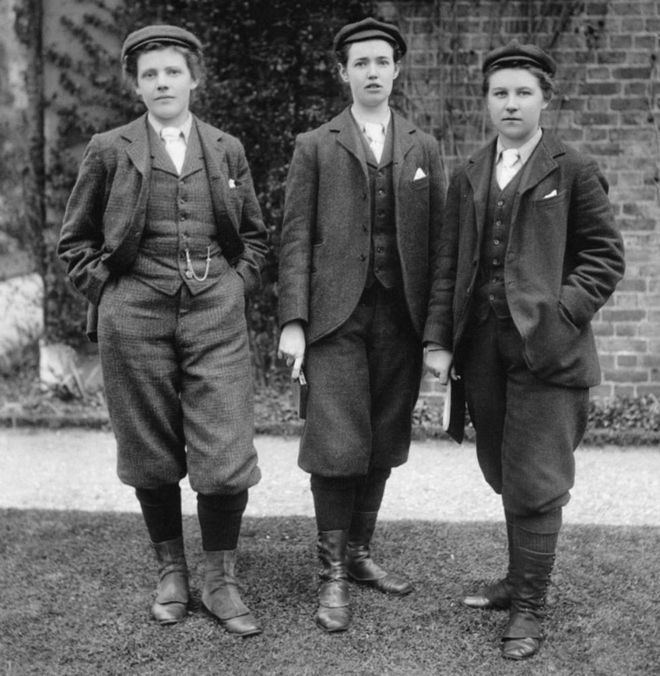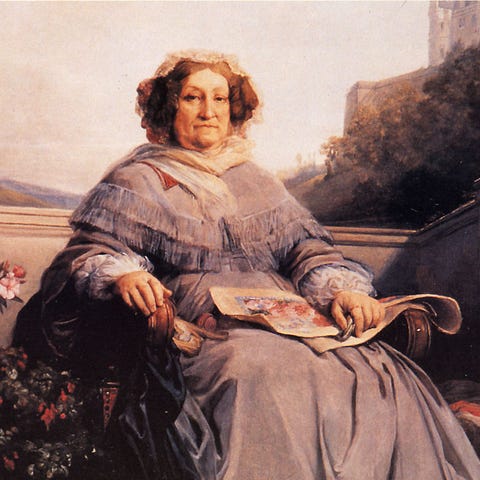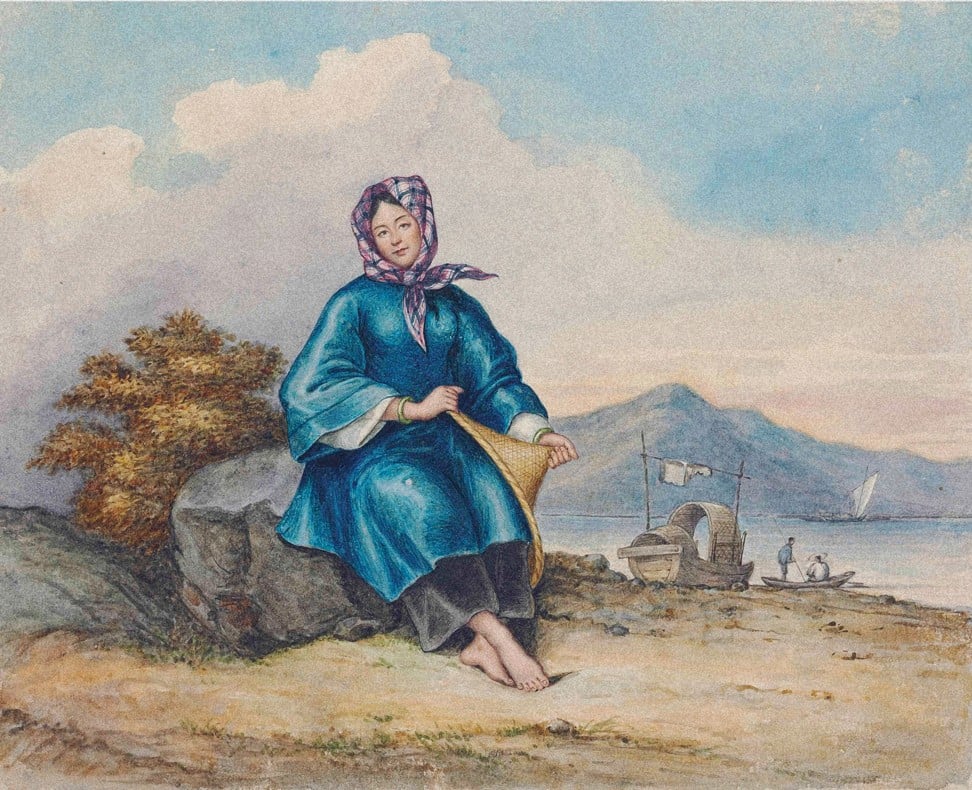The founder and staff of an all-female monthly Vatican publication have stepped down en masse, citing what they call a newly difficult work environment and a Vatican attempt to undercut the women’s voices on sensitive issues, including sexual abuse of nuns.
 “The whole newsroom has resigned,” Lucetta Scaraffia, who launched Women Church World seven years ago, said in a phone interview.
“The whole newsroom has resigned,” Lucetta Scaraffia, who launched Women Church World seven years ago, said in a phone interview.Scaraffia was known as a comparatively liberal voice inside the city-state’s ancient walls, advocating for a larger role for women in the church and, more recently, devoting editorial space to the long-hidden issue of the abuse of nuns by clergy members.
But Scaraffia said she perceived discomfort with her publication’s work, and she noted that the Vatican’s newspaper, L’Osservatore Romano, had been publishing pieces that contradicted the Women Church World editorial line. She said her publication’s editorial freedom had also been threatened with an “attempt” to put L’Osservatore Romano’s new top editor, Andrea Monda, in charge of Women Church World.

